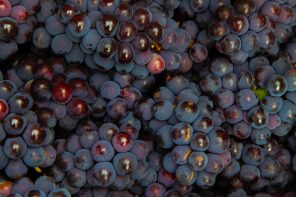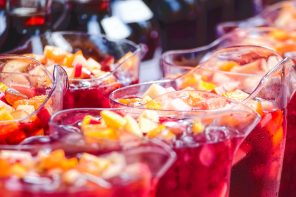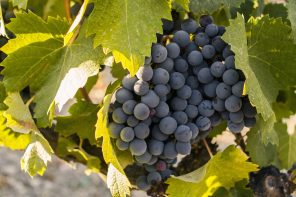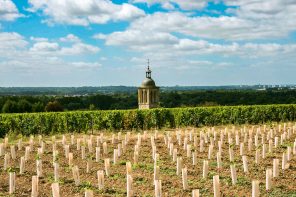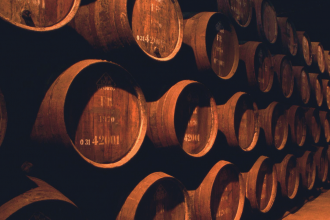Of all the wine-producing nations in the world, the largest concentration of vineyards is probably not where you think it is. Though France and Italy may produce the most juice, it’s actually Spain that has the most area under vines. With nearly three million grape-growing acres, this wine-producing hotbed has become one of the world’s most important viticultural nations.
And Spain can do it all; from crisp, high-acid whites, to rich, full-bodied reds, to nutty, oxidative fortified wines, there’s really no winemaking style that Spain can’t do. However, with great wine comes great standards; in fact, only two appellations in the entire country have managed to reach the nation’s superior DOQ rank. Today, we’re honing in on one of Spain’s supreme winemaking zones: Priorat.
Situated in the Taragona province of Catalonia, Priorat’s recent fame has skyrocketed on the international wine market. Though technically a DO since 1954, it wasn’t until 2006 that the region’s status was elevated, joining Rioja at the top-notch ranking of DOQ. Today, approximately 100 wineries cover the region’s 1,900 hectares, dominated by the region’s signature volcanic, llicorella soils.
Winemaking began in Priorat in the late 12th century, thanks to the viticultural talents of the Carthusian monks. Fast-forward 700 years later, and Priorat fell victim to the phylloxera plague of the late 1800s, completely devastating the appellation (along with most other mainland European wine-producing areas). After bouncing back from the devastation, Priorat became a hub for bulk wine production until the mid 1980s, finally shifting to a quality over quantity mentality approximately 30 years ago.
Priorat vineyards are predominantly found on steep slopes at high altitudes, producing high-quality, well-balanced fruit. Volcanic soils are low in nutrients, causing vines to struggle just enough to achieve desired yields. The climate is continental, characterized by hot summers and chilly winters. Approximately 95 percent of the appellation’s grapes are red, with Garnacha being the key variety of the region. Cariñena, Cabernet Sauvignon and Syrah create the bulk of secondary grape plantings. White wine production is scarce, so if you do happen to come across one of these Garnacha Blanca dominated bottles, don’t let it pass you by.
Next time the craving for Spanish red strikes, set Rioja (temporarily) to the side and check out the Garnacha-based gems of Priorat.


